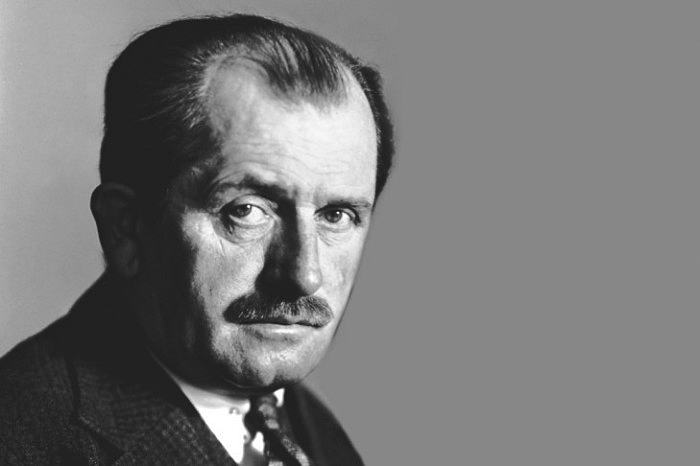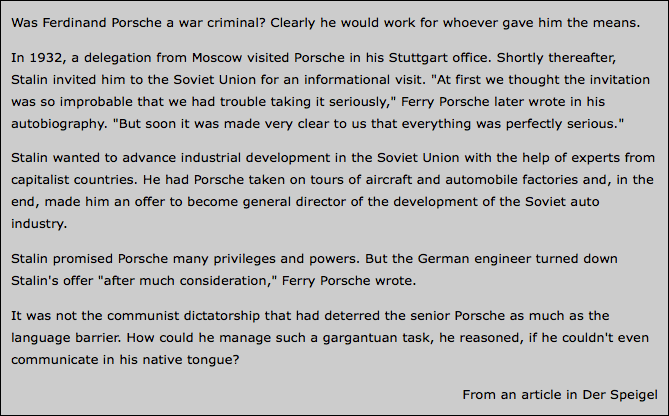Ferdinand Porsche
Ferdinand Porsche was born on the 3rd of September in 1875 in the village of Maffersdorf, now part of the city of Liberec, in the north of the Czech Republic but then within the Austria-Hungary Empire. The third of five children his father, Anton Porsche, was the owner of a plumbing workshop. Ferdinand, was expected to take over the family business, but he had other interests: at the age of 14 he was already performing experiments with electricity. After completing both his plumber apprenticeship and the state trade school in Reichenberg, he began working at the electrical company Bela Egger & Co. in Vienna.
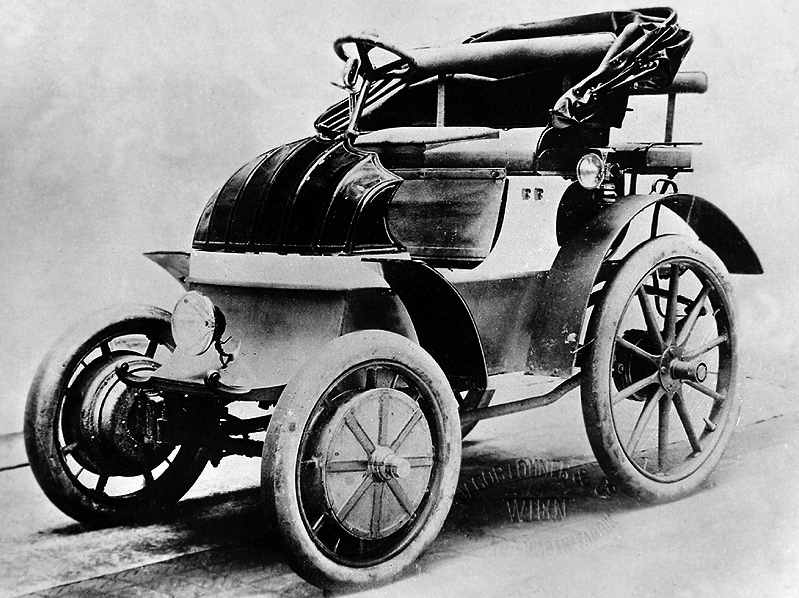

After eight years at Lohner, Ferdinand Porsche took up the position of Technical Manager at Austro-Daimler. In 1910, at the wheel of an Austro-Daimler car that he designed himself, Ferdinand won the Prinz-Heinrich Fahrt was a reliability test held from 1908 to 1911. Only production touring cars with four seats and three passengers were allowed The trophy for the winner was a model car made of 13,5 kg silver. Austro Daimler’s three entrants occupied the top three places. Porsche created numerous designs, including high-performance aircraft engines and large tractive machines, as well as fire engines, trolley buses and transport systems with hybrid petrol-electric drive. But disagreements on the overall direction at the firm caused Porsche to leave the company.
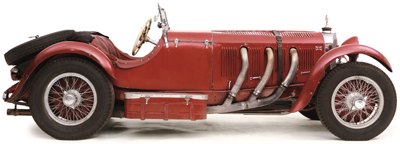

In June 1934 Porsche received a contract from Hitler to design a “people’s car” (or Volkswagen). The first two prototypes were completed in 1935. These were followed by several further pre-production batches during 1936 to 1939. The car was similar to the contemporary designs of Hans Ledwinka of Tatra. This resulted in a lawsuit against Porsche claiming infringement of Tatra’s patents regarding the air-cooling of the rear engine. The suit was interrupted by the German invasion of Czechoslovakia. In any case the fact that Tatra was a Czech company probably did not help matters either. By that time Porsche was already being groomed as the Great German Engineer having taken the Nazi suggestion of changing his own citizenship from Czech to German that same year. Finally in 1961, Volkswagen finally paid 3 million DM to settle the matter.
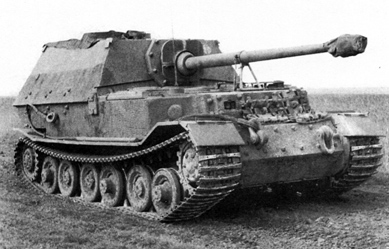
In June 1945, the United States Army captured Porsche, and sent him to a castle in Hessen where they interrogated him before releasing him only to be re-arrested, this time by the French who sent him first to Paris where they held him in the porter’s lodge of a villa belonging to Renault and then to prison in Dijon. Porsche was finally released on August 5, 1947 when an exorbitant bail that had been paid by his son from the proceeds of the all-wheel-drive racing car, the Cisitalia that he sold to Piero Dusio, a notable soccer player and businessman.
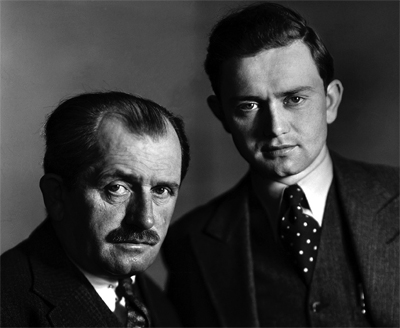
In the course of the following two years, a small team of 300 craftsmen built forty-four aluminum-bodied coupes and eight convertibles. In 1950, the company returned to Stuttgart, where sports car assembly resumed in the Zuffenhausen factory. In January 1951, Ferdinand Porsche passed away at the age of seventy-five. In 1999, he was named as ‘Car Engineer of the Century’ by the Global Automotive Elections Foundation.
The Full Story According to Porsche AG
Ferdinand Alexander Porsche, designer of the iconic Porsche 911, died on 5 April 2012 in Salzburg, aged 76.
Ferdinand Alexander Porsche was born in Stuttgart on 11 December 1935, the oldest son of Dorothea and Ferry Porsche. Even his childhood was shaped by cars, and he spent much of his time in the engineering offices and development workshops of his grandfather Ferdinand Porsche.In 1943 the family accompanied the Porsche company’s move to Austria, where he went to school in Zell am See. After returning to Stuttgart in 1950, he attended the private Waldorf school. After leaving school, he enrolled at the prestigious Ulm School of Design.
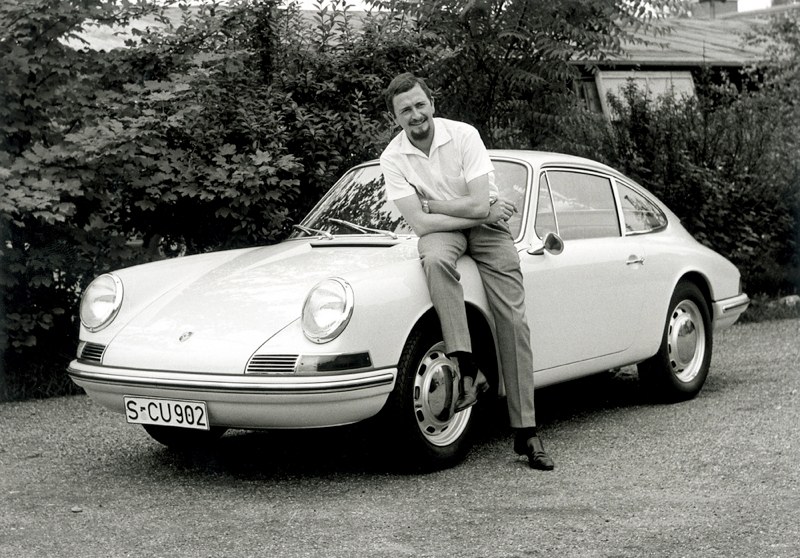
In 1958, F.A. Porsche, as he was known by his colleagues, joined the engineering office of what was then Dr. Ing. h.c. F. Porsche KG. He soon proved his great talent for design by sculpting the first model of a successor to the 356 model line out of plasticine. In 1962 he took over as head of the Porsche design studio, creating a worldwide furore one year later with the Porsche 901 (or 911). With the Porsche 911, F.A. Porsche created a sports car icon whose timeless and classical form survives to this very day in what is now the seventh 911 generation. However, in addition to passenger cars, F.A. Porsche also concerned himself with designing the sports cars of the 1960s. His best-known designs include the Type 804 Formula One racing car or the Porsche 904 Carrera GTS, now considered to be one of the most beautiful racing cars ever.
In the course of the conversion of Porsche KG into a joint-stock corporation in 1971/72, Ferdinand Alexander Porsche, along with all the other family members, stood down from the company’s front-line business operations. In 1972 he founded the “Porsche Design Studio” in Stuttgart, the head office of which was relocated to Zell am See in Austria in 1974. In the decades that followed, he designed numerous classic gentlemen’s accessories such as watches, spectacles and writing implements that achieved global recognition under the “Porsche Design” brand. In parallel, with his team, he designed a plethora of industrial products, household appliances and consumer durables for internationally renowned clients under the brand “Design by F.A. Porsche”. A strong and clear design concept typifies all product designs created in his design studio to date. The credo of his design work was: “Design must be functional and functionality has to be translated visually into aesthetics, without gags that have to be explained first.” F.A. Porsche: “A coherently designed product requires no adornment; it should be enhanced by its form alone.” The design’s appearance should be readily comprehensible and not detract from the product and its function. His conviction was: “Good design should be honest.”

Ferdinand Alexander Porsche retained a close lifelong association with Porsche AG as a partner and member of the Supervisory Board. For example, even after stepping down from front-line business operations, he contributed to the design of Porsche’s sports cars over many decades and repeatedly steered the company in the right di-rection. This was especially the case for the difficult period Porsche experienced at the beginning of the 1990s. From 1990 to 1993, F.A. Porsche served as President of the company’s Supervisory Board, thus playing a major role in Porsche A.G’s eco-nomic turnaround. In 2005, he stood down from his Supervisory Board role in favour of his son Oliver and assumed the mantle of Honorary President of the Supervisory Board.
Matthias Muller, President and Chief Executive Officer of Porsche AG, paid tribute to Ferdinand Alexander Porsche’s services to the sports car manufacturer, “We mourn the death of our partner, Ferdinand Alexander Porsche. As the creator of the Porsche 911, he established a design culture in our company that has shaped our sports cars to this very day. His philosophy of good design is a legacy to us that we will honour for all time.”
Ferdinand Alexander Porsche will be buried in the family grave at Schüttgut in Zell am See, attended by his immediate family. An official funeral service will be held in Stuttgart at a later date.
[Source: Porsche AG]


